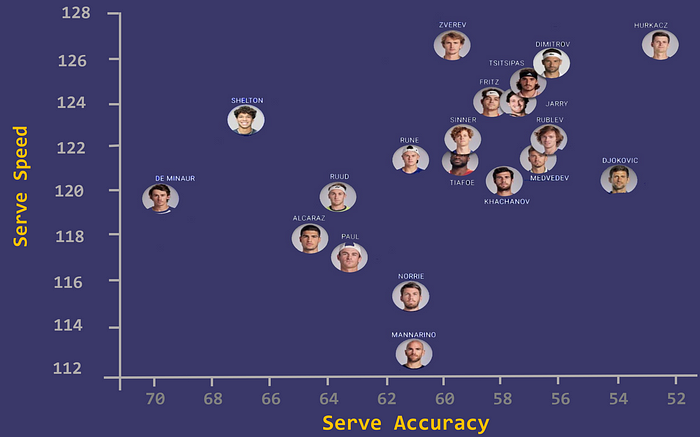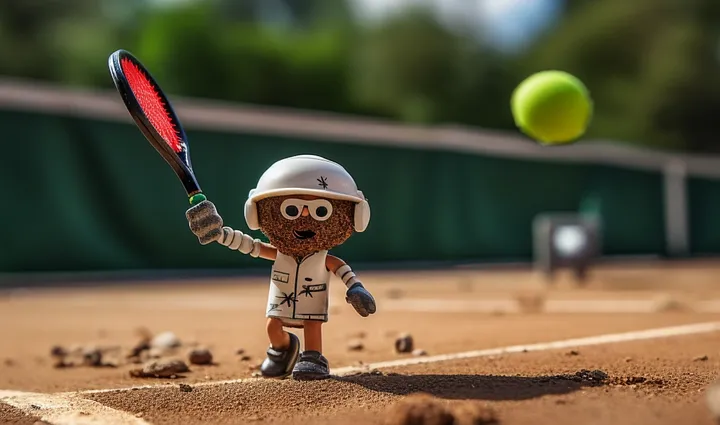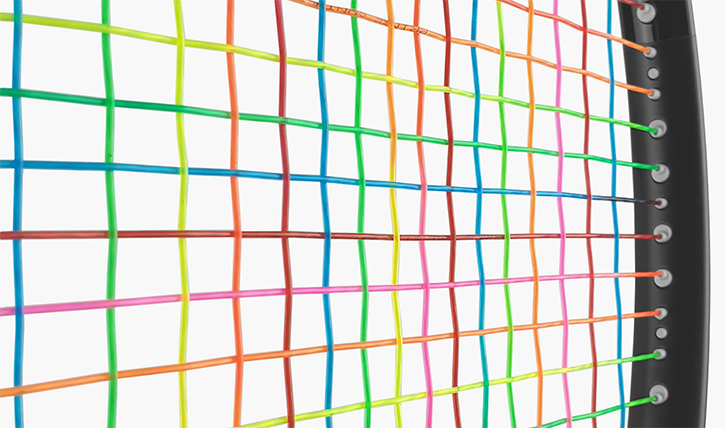I usually find someone’s serve predicts their overall tennis ability. Rarely do you come across a weak server with a strong rally game, or a strong server who cannot play from the baseline (ok there are exceptions!).
But what makes a good server? Is it someone who serves fast; or is it someone who serve accurately into the corner? Or maybe it is someone with a huge high kick-serve? Or someone whose serve you cannot read?
In truth, it is any combination that makes it difficult to return. You have to be reasonably fast and reasonably accurate AND reasonably unpredictable. If you are very fast and very accurate and hard to read then watch out!

Un-Predictability
How do you serve unpredictably but also accurately? This means you know where you are aiming, but your opponent does not. I know one player with a great serve but he always looks exactly where he is going to serve…..so that were I go and return the ball. It’s like a “tell” in poker. Here are couple of rules for unpredictability.
Adjust your aim at the last second with the racket, not with your body position but definitely not where you are staring for a long time before!
Don’t follow a simple pattern, keep the order of wide, body and T fairly random
Serve into the gap if the opponent has a bad position, unless they are luring you do just that!
Consider the WTA pro Rybakina. She is very hard to read! She wins 1st serve above 70% on all types of 1st serves and in 40% of 1st serves, the ball does not come back. That’s about twice the normal rate! (10% are aces).

Combining serve speed and serve accuracy
Analysis of Hawk-Eye data from data scientist Miha Mlakar shows that a combination of accuracy and speed is best. The red dots are aces. Small blue dots are slow returns, big blue dots fast returns for wide and T serves for both sides. An accurate serve is lets say within 60cm of the line.


We can see several interesting things on these diagrams:
- Accurate serves near the lines result in slower returns no matter the speed of the serve.
- If serves to the forehand are inaccurate, the speed of the return is the highest, no matter the speed of the serve.
Pro Speed vs Accuracy
Last week, Tennis Insights posted a graphic showing the average first serve speed and accuracy–distance from the nearest line (cm)–for the ATP top 20.

Hubert Hurkacz is fast and accurate, Novak Djokovic is nearly as precise but a little slower. Alex de Minaur is a little slower and a little more inaccurate….but we are talking a difference of 20cm here!
Effect on Results
Further analysis from Tennis analytics Jeff Sackman Speed alone–ignoring accuracy or anything else–explains 72% of the variation in first-serve points won. Accuracy alone accounts for 43%. Up-ing speed by 1 kph: +0.27 first-serve points won and decreasing distance from the line by 1 cm results in an improvement of 0.2 percentage points in first-serve points won.
However, there is another factor that is important to mention. An accurate serve most often goes in. I would say for beginners, focus more on accuracy than speed because with an accurate but slowish serve you are still in the game. At the elite level, most everyone is reasonably accurate, and everyone can get the serve in; so it is appropriate to focus more on speed the better you get.
Take Away
Both speed AND accuracy are important and one additional mile per hour on serve speed is worth the same as two centimeters of accuracy
As a beginner, focus on accuracy.
But unpredictability is also important, and hard to master. Be deceptive!




